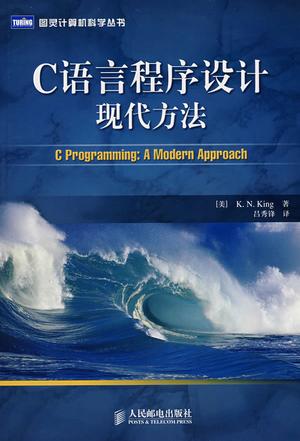Common Lisp
David S. Touretzky
This book is about learning to program in Lisp. Although widely known as the principal language of artificial intelligence research—one of the most advanced areas of computer science—Lisp is an excellent language for beginners. It is increasingly the language of choice in introductory programming courses due to its friendly, interactive environment, rich data structures, and powerful software tools that even a novice can master in short order.
When I wrote the book I had three types of reader in mind. I would like to address each in turn.
· Students taking their first programming course. The student could be from any discipline, from computer science to the humanities. For you, let me stress the word gentle in the title. I assume no prior mathematical background beyond arithmetic. Even if you don’t like math, you may find you enjoy computer programming. I’ve avoided technical jargon, and there are lots of examples. Also you will find plenty of exercises interspersed with the text, and the answers to all of them are included in Appendix C.
· Psychologists, linguists, computer scientists, and other persons interested in Artificial Intelligence. As you begin your inquiry into AI, you will see that almost all research in this field is carried out in Lisp. Most Lisp texts are written exclusively for computer science majors, but I have gone to great effort to make this book accessible to everyone. It can be your doorway to the technical literature of AI, as well as a quick introduction to its central tool.
· Computer hobbyists. Prior to about 1984, the Lisps available on personal computers weren’t very good due to the small memories of the early machines. Today’s personal computers often come with several megabytes of RAM and a hard disk as standard equipment. They run full implementations of the Common Lisp standard, and provide the same high-quality tools as the Lisps in university and industrial research labs. The ‘‘Lisp Toolkit’’ sections of this book will introduce you to the advanced features of the Common Lisp programming environment that have made the language such a productive tool for rapid prototyping and AI programming.
This current volume of the ‘‘gentle introduction’’ uses Common Lisp throughout. Lisp has been changing continuously since its invention 30 years ago. In the past, not only were the Lisp dialects on different machines incompatible, but programs written in one dialect would often no longer run in that same dialect a few years later, because the language had evolved out from under them. Rapid, unconstrained evolution was beneficial in the early days, but demand for a standard eventually grew, so Common Lisp was created. At present, Common Lisp is the de facto standard supported by all major computer manufacturers. It is currently undergoing refinement into an official standard. But Lisp will continue to evolve nonetheless, and the standard will be updated periodically to reflect new contributions people have made to the language. Perhaps one of those contributors will be you.





